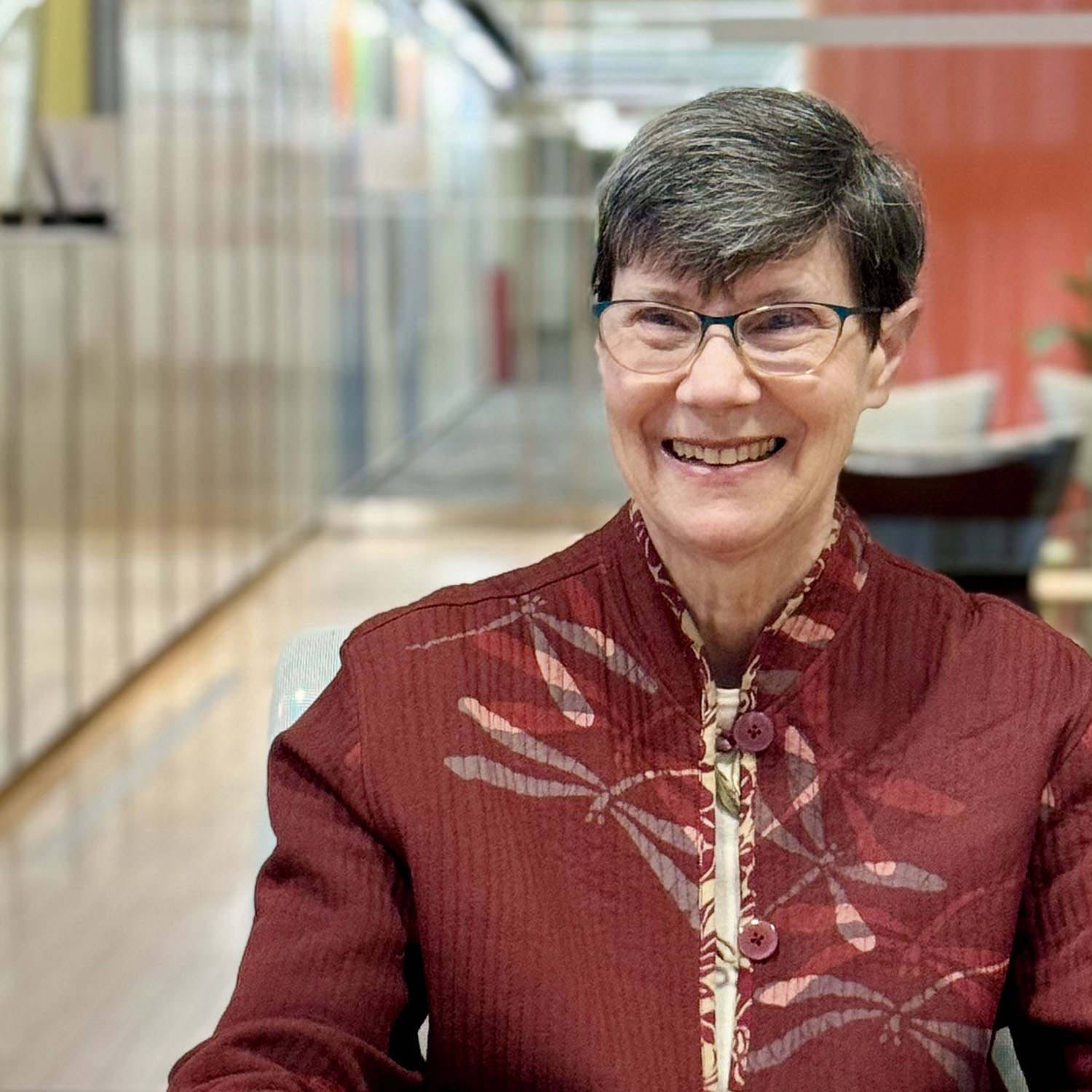Article Spotlights an Often-Neglected Part of the Body
Director’s Page
Helene M. Langevin, M.D.
September 27, 2023
I was so pleased to speak recently with The New York Times reporter, Danielle Friedman, for her recent story on fascia, “The Tissue That Connects Our Muscles May Be a Key to Better Health.” The role of fascia in how our bodies function and the impact on our health is a topic that hasn’t gotten enough attention, but that is beginning to change, and it’s encouraging to have a thoughtful discussion on this subject.
As Ms. Friedman explained, fascia is “the tough, flexible tissue that surrounds and connects muscles, bones, and organs like cling wrap.” I’m proud of the National Center for Complementary and Integrative Health’s work to advance research on this significant yet understudied part of our bodies. Our efforts are aimed at answering questions on how the health of fascia relates to overall health and wellness, physical performance, and its relationship to chronic pain, which affects about one in five Americans.
I appreciated the perspective shared by Dr. Carla Stecco of the University of Padova in Italy, which is critical to understanding this important part of the body. Fasciae form an extensively interconnected network. Injury, misuse, or underuse in one part of the body can lead to compensation and negative effects in another. For example, if you’ve ever sprained an ankle and, later on, noticed a new pain in your hip or lower back, you’ve experienced how that domino effect can work. Unless the underlying issues are addressed, the negative impacts of pain and altered movement can accumulate and “cement” into place, leading to increasingly rigid, stiff, and painful fascia.
To prevent this problem from happening, moving is key—starting with slow, gentle movement within the range of comfort, and gradually increasing the range of movement as tolerated. “Mind and body” therapies such as yoga and tai chi include a component of body awareness that promotes “moving while paying attention.” Sensations generated by the tissues during movement—such as pulling or feeling “stuck”—can be used as a guide to gently stretch fascia in the direction of reduced mobility. Learning how to move safely can be particularly challenging for people with Ehlers-Danlos syndrome/hypermobility spectrum disorder, whose fascia can be generally “loose,” but also “tight” in some parts of the body that have been previously injured.
Understanding the functional relationship between fasciae and muscles, the “myofascial unit,” is also vital. This is the impetus behind our continued work to fund studies that may ultimately help clinicians better identify and treat patients with musculoskeletal pain and dysfunction in myofascial tissue.
The more we learn about fascia the more it becomes clear that it plays a significant role in our health. While researchers have only scratched the surface of what there is to understand, what we already know reinforces the old adage of physics—a body in motion tends to stay in motion. If we want to keep our bodies moving without pain, simple movements every day can help us achieve it.
